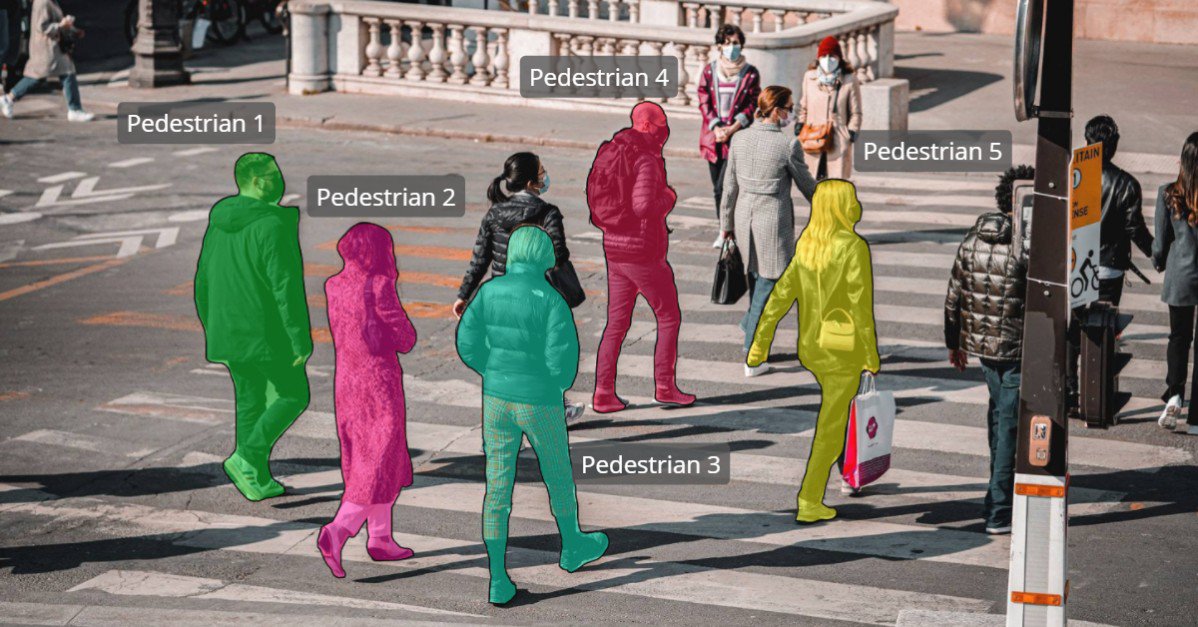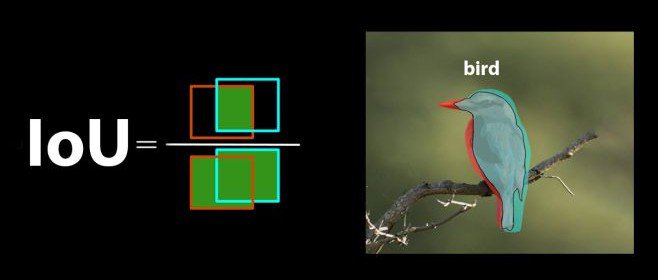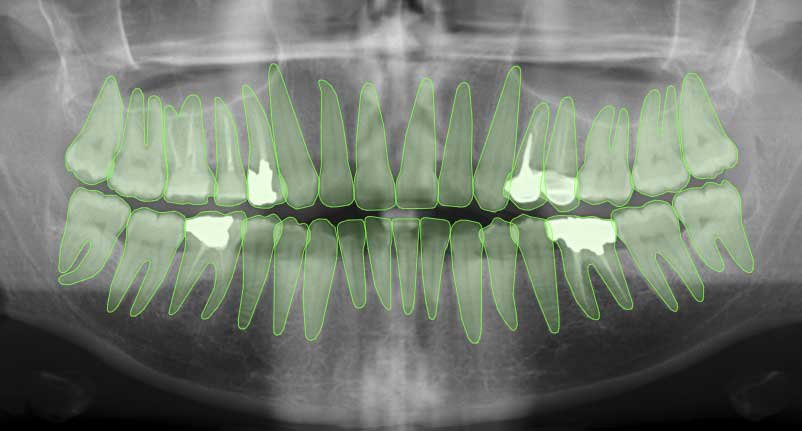
Objects or regions in a picture can be identified and separated from one another using a Computer Vision technique called Semantic Segmentation. Semantic segmentation is performed on the basis of the content of an image in addition to physical properties. This is different from conventional segmentation approaches which divide an image into regions based solely on physical attributes like brightness, contrast, or colour. In this post, we'll delve deeper into semantic segmentation and examine its applications in many different areas.
What is Semantic Segmentation?
Semantic segmentation is used to divide an image into distinct regions that each represent a different object or area. Semantic segmentation seeks to assign a meaningful class name to each pixel in an image. Once the image has been segmented, various Computer vision activities such as object detection, tracking, and recognition of objects can be carried out.
To perform semantic segmentation, deep learning methods like convolutional neural networks (CNNs) are most widely used. CNNs can learn on a vast dataset of labeled images, where the pixels are each assigned a label for the class into which they fall. With the labeled dataset prepared, the network is trained to recognize features and patterns in the images that correspond to each class label. Once trained, the network can then be used to segment new images by applying the patterns it has learned to identify each pixel.
What is Instance Segmentation?

Instance segmentation is a related but distinct type of image segmentation. Instance segmentation is analogous to semantic segmentation, except that it assigns unique IDs to objects rather than class labels to the pixels. In other words, each pixel in the image has a specific object ID that relates it to a particular instance of an object type.
Unlike semantic segmentation, which simply needs identifying the items in an image, instance segmentation must additionally differentiate between distinct instances of the same type of object. For example, in an image containing several people, Semantic segmentation would label all pixels in the image representing people as belonging to the same class - person. Instance segmentation, on the other hand, would identify and label each person in the image with a unique ID.
Some popular Semantic segmentation algorithms
As mentioned earlier, CNNs are the most popular choice of Neural networks for segmentation. Some CNN based models that are widely used are - U-Net, Mask R-CNN, and DeepLab. Because of their individual strengths and weaknesses, different algorithms excel in different contexts. Mask R-CNN is frequently employed for instance segmentation, whereas DeepLab is renowned for its precision when dealing with samll objects within the context of semantic segmentation.
Evaluation Metrics for Semantic Segmentation

The most widely used metric to evaluate the performance of Semantic segmentation algorithms is Intersection over Union (IoU). It is calculated by dividing the intersection of the predicted and ground truth segmentation masks by the union of the two masks. IoU values range from 0 to 1, with 1 indicating a perfect match between the predicted and ground truth masks. So a high IoU score indicates that the model is able to accurately segment the objects in an image.
There are a few other metrics that can sometimes be more suitable. These include - Dice coefficient, F1 score and Mean accuracy.
Advantages and Limitations of Semantic Segmentation:
Semantic segmentation's key benefit is that it can accurately and precisely analyze images by extracting comprehensive information about objects and regions within them. Numerous industries, from driverless cars to medical imaging, can benefit from this data. Since many deep learning frameworks are readily available, semantic segmentation also benefits from being simple to build and train.
However, it does have certain limitations as well.
- Segmenting items with complex and changing shapes, like animals or plants, is much more challenging than simply detecting them with a bounding box.
- Another issue is that semantic segmentation can sometimes produce inaccurate findings due to its inability to properly identify things that are obscured, partially visible, or otherwise deformed.
- And finally, semantic segmentation requires extensive training datasets, the generation of which can be laborious and expensive This is where our platform can come in handy. With our Magic Segment tool, you can segment objects using AI, with just a few clicks.
Uses and Applications of Semantic Segmentation:

Among the many fields that can benefit from semantic segmentation are Autonomous driving, Medical imaging, Augmented reality, and Photo editing.
- In Autonomous driving, it can be used to recognize and categorize vehicles, pedestrians, and roadside features like sidewalks, road lanes, traffic signs and traffic lights. This data can be used to make better decisions and steer the car in safe directions, allowing it to respond appropriately to traffic signals and prevent collisions.
- In Medical imaging, it can be used with techniques like magnetic resonance imaging (MRI) and dental imaging, to identify and label certain structures within an image, such as organs, bones, and tissues. This can greatly help the diagnosis of diseases and can allow catching early onset of certain ailments.
- In the booming industry around Augmented reality (AR) and Virtual reality (VR), it can help detect and identify surfaces and objects in the real world. Insights like this can be used to improve the realism and immersion of the final product.
- In AI based image editing software - like Apple's lifting an object from an image feature - Semantic segmentation is frequently used to identify and segment different regions in an image. This allows the application of filters and effects to particular regions of the image.
Semantic segmentation is expected to become more potent and accurate as the field advances, resulting in increasingly sophisticated applications and use cases. The biggest roadblock to adopting the technique is acquiring labeled datasets, which can be expensive and time-consuming to prepare. In this respect, a semi-automatic labeling platform like Mindkosh can greatly help reduce the barriers to its adoption.
